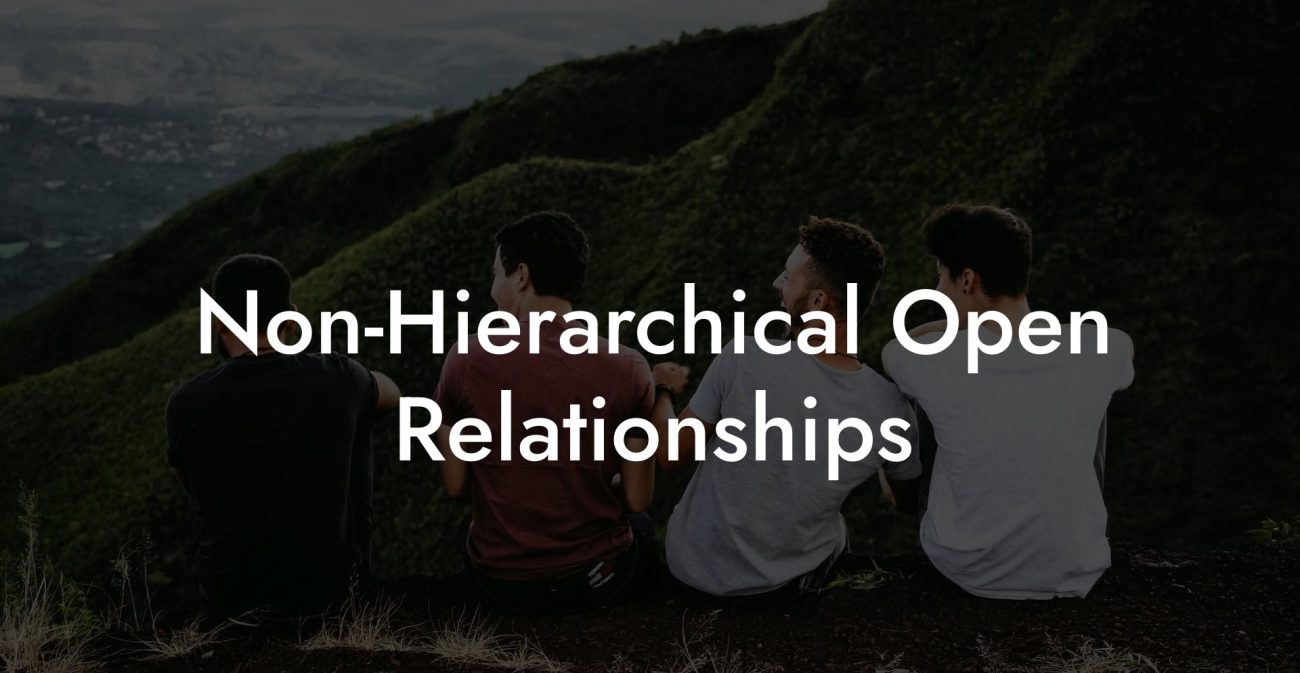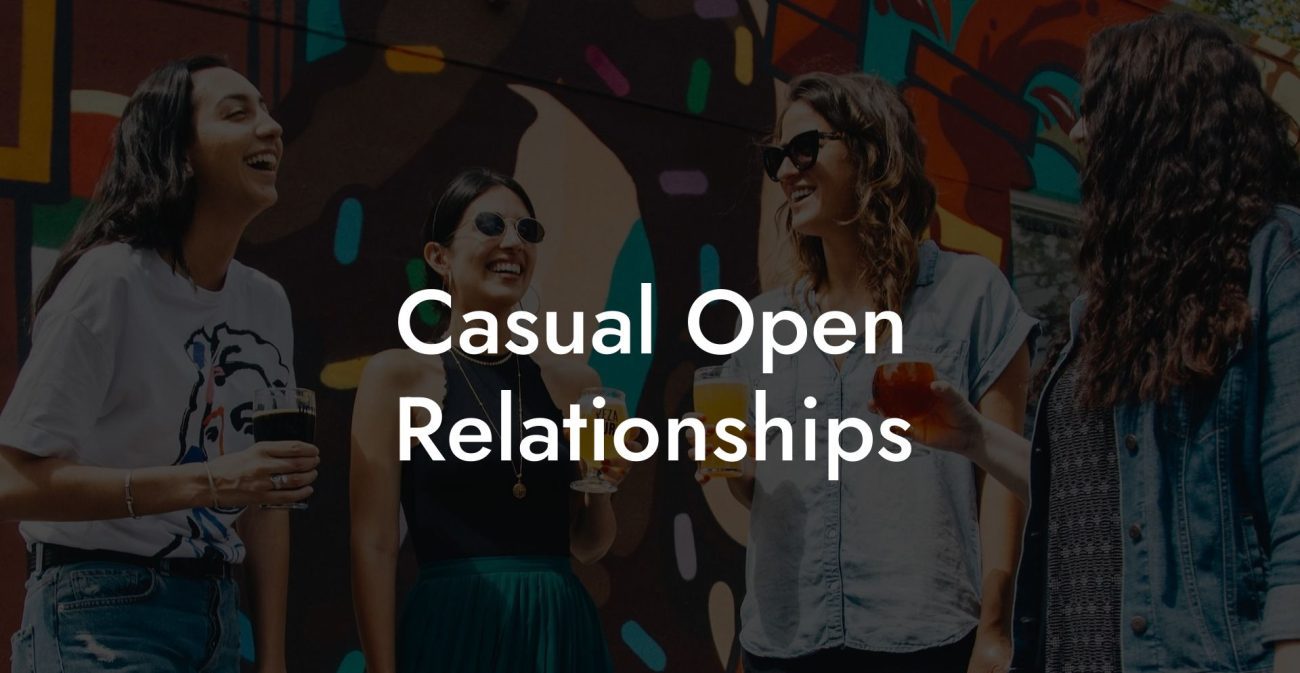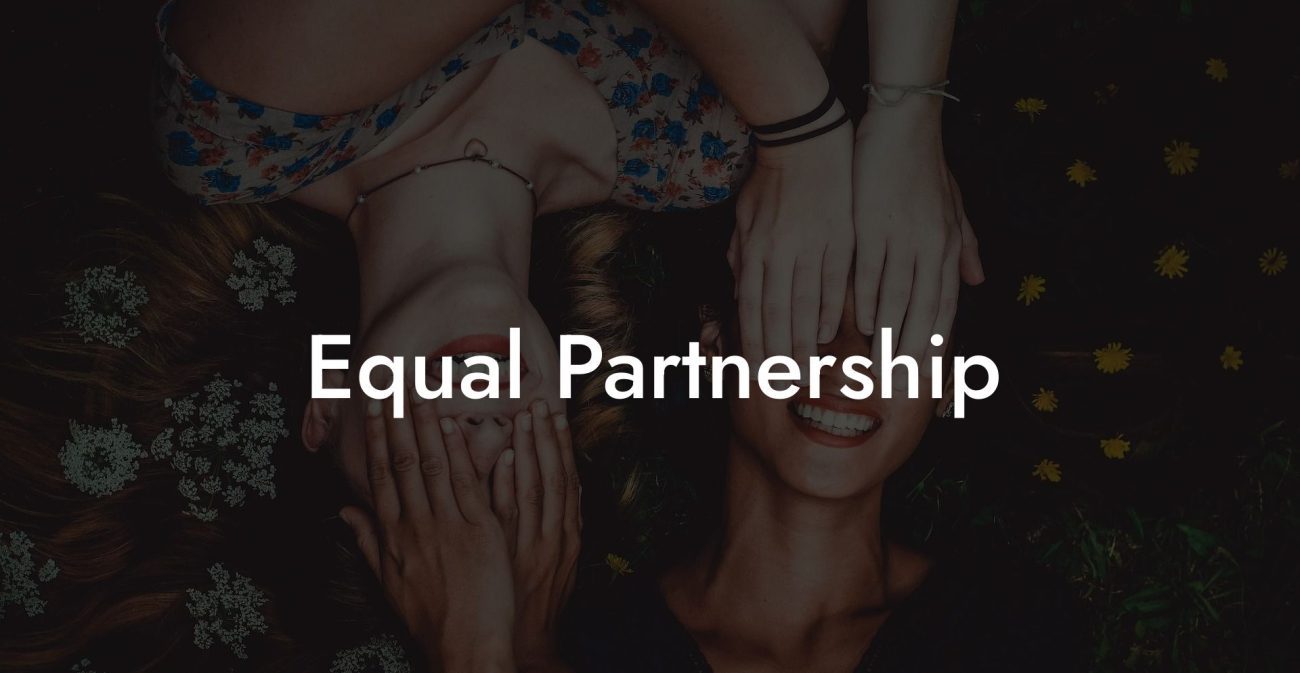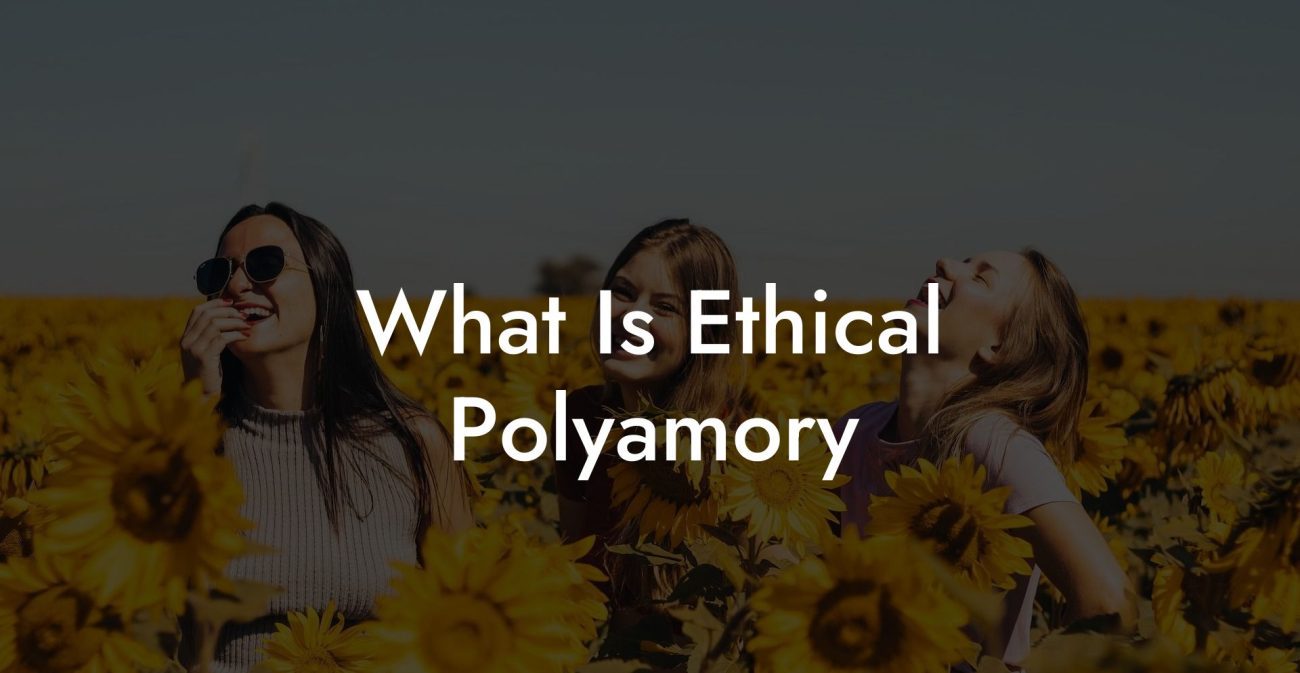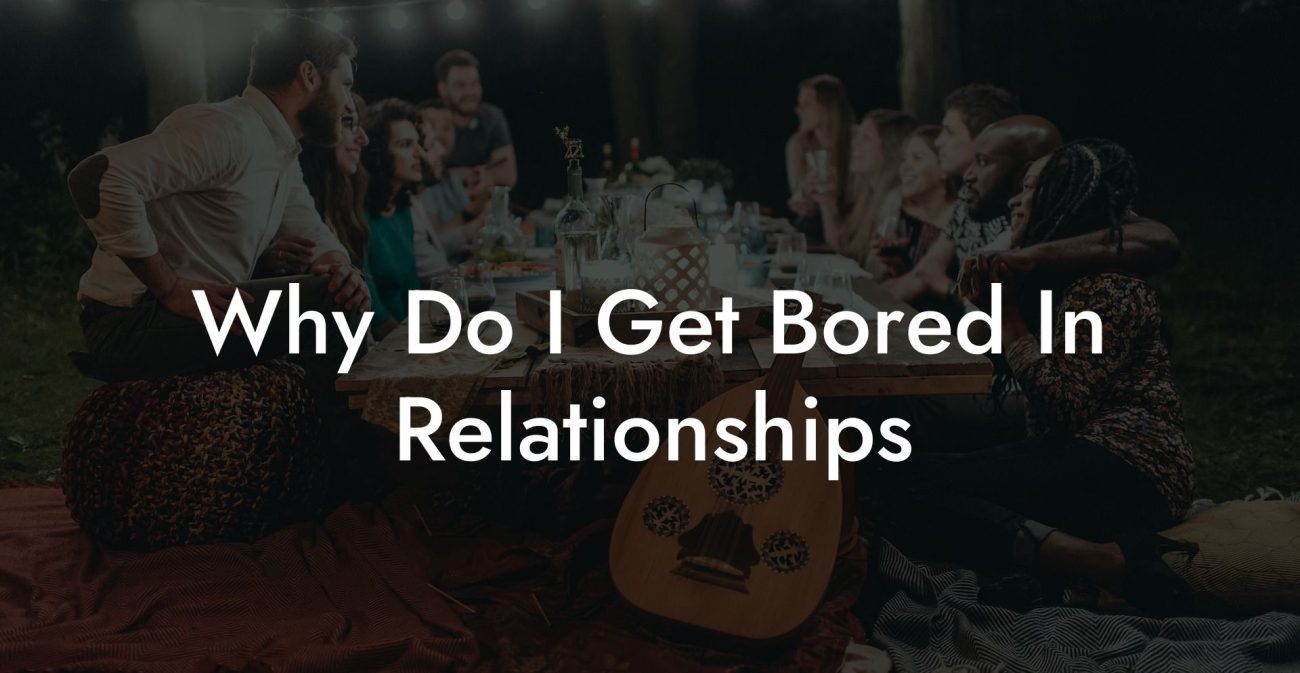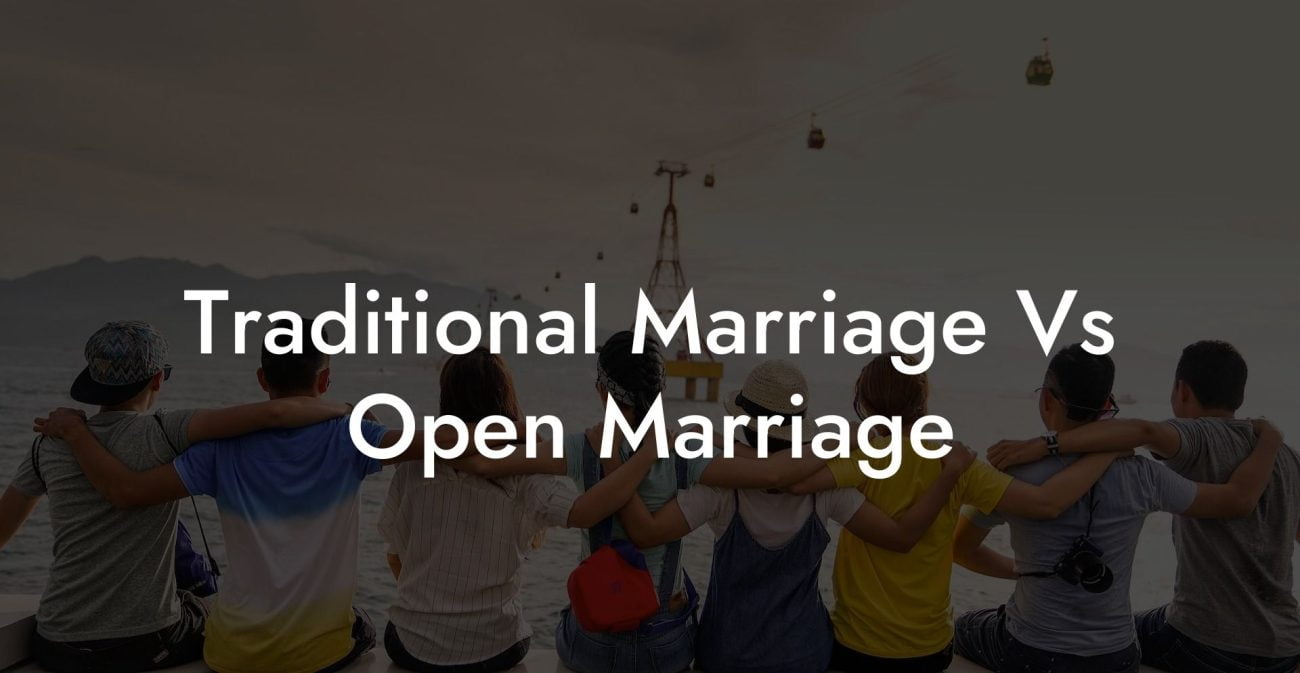What Is The Difference Between An Open Relationship And A Polyamorous Relationship?
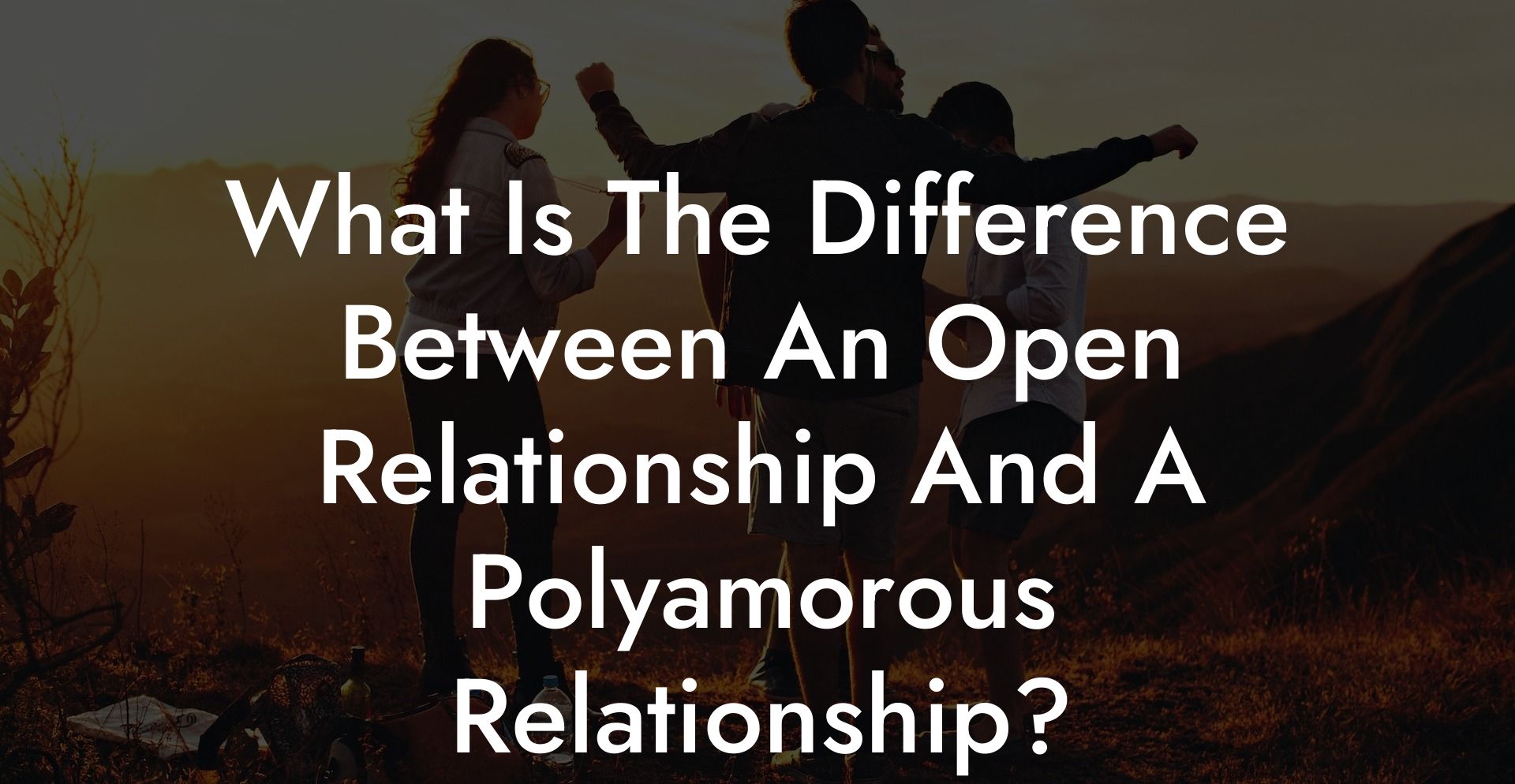
Although both open relationships and polyamorous relationships fall under the umbrella of consensual non-monogamy, they are not synonymous. This guide delves into the core concepts of each model, highlighting their similarities, differences, benefits, and challenges. Whether you’re new to these ideas or looking to deepen your understanding, this resource will provide you with actionable insights and practical strategies to navigate your relationship choices with clarity and confidence.
Quick Links to Useful Sections
- Redefining Intimacy and Connection
- Understanding Open Relationships
- Definition and Core Principles
- Benefits of Open Relationships
- Challenges of Open Relationships
- Understanding Polyamorous Relationships
- Benefits of Polyamorous Relationships
- Challenges of Polyamorous Relationships
- Key Differences Between Open Relationships and Polyamorous Relationships
- Focus on Emotional vs. Sexual Connections
- Structure and Hierarchy
- Communication and Boundary Setting
- Comparing Benefits and Challenges
- Benefits
- Challenges
- Practical Strategies for Navigating These Relationship Models
- Enhance Communication
- Set Clear Boundaries
- Prioritize Self-Care
- Seek Professional Support
- Build a Supportive Community
- Frequently Asked Questions (FAQ)
Redefining Intimacy and Connection
As cultural norms shift and personal freedom takes center stage, many are questioning the traditional idea that romantic and sexual intimacy must be exclusive. For some, the notion of sharing their love with multiple people is not about diminishing commitment but about expanding the ways in which emotional and physical fulfillment can be experienced. Open relationships and polyamorous relationships both challenge conventional notions of exclusivity, yet they differ significantly in structure and emphasis.
Understanding these differences is crucial for anyone interested in exploring non-monogamous lifestyles. While open relationships primarily focus on allowing external sexual or casual romantic encounters while preserving a core bond, polyamorous relationships emphasize the formation of multiple deep, emotionally significant connections that are maintained concurrently. This guide will break down these concepts and help you determine which model may best align with your personal values and lifestyle.
Understanding Open Relationships
Definition and Core Principles
An open relationship is a consensual arrangement in which a couple agrees that one or both partners may engage in sexual or romantic interactions with others outside of their primary bond. The foundation of an open relationship lies in mutual consent, transparency, and clear boundaries. The primary relationship is typically prioritized, and external encounters are governed by specific rules set by the couple.
- Mutual Consent: Both partners fully agree to the arrangement and are aware of each other’s external interactions.
- Transparency: Open dialogue about experiences, feelings, and boundaries is essential to avoid misunderstandings.
- Clear Boundaries: Specific rules determine what kinds of interactions are acceptable (e.g., casual sexual encounters versus deeper emotional connections).
- Emphasis on the Primary Bond: The core relationship remains the emotional anchor, even as additional experiences are explored.
Benefits of Open Relationships
Open relationships can offer numerous benefits, including:
- Sexual Variety: Couples can explore different sexual experiences without ending their primary commitment.
- Personal Growth: Exposure to diverse experiences may lead to greater self-awareness and individual development.
- Enhanced Communication: The necessity of discussing boundaries and feelings can lead to improved communication skills between partners.
- Maintaining Stability: By keeping the primary relationship intact, couples can enjoy additional experiences without sacrificing emotional security.
Challenges of Open Relationships
Despite the benefits, open relationships come with challenges:
- Jealousy and Insecurity: External encounters can sometimes trigger feelings of jealousy or inadequacy.
- Complex Communication: Managing multiple interactions requires continuous, honest communication, which can be demanding.
- Time Management: Balancing the time dedicated to the primary relationship with external engagements may be challenging.
- Boundary Negotiation: Defining and adjusting boundaries over time requires ongoing effort and mutual understanding.
Understanding Polyamorous Relationships
Definition and Core Principles
Polyamorous relationships involve the practice of engaging in multiple consensual romantic and/or sexual relationships simultaneously, with all parties aware of and agreeing to the arrangement. Polyamory is based on the idea that love and emotional intimacy are not limited resources – you can form multiple deep connections that each offer unique emotional benefits.
- Consensual Non-monogamy: Every relationship is established with full, informed consent from all partners.
- Emotional Depth: Many polyamorous relationships are built on long-term, emotionally rich bonds that go beyond casual encounters.
- Transparent Communication: Open dialogue is crucial for discussing boundaries, feelings, and needs across multiple relationships.
- Flexibility: Polyamorous arrangements can be structured hierarchically (with a primary partner) or non-hierarchically (with all relationships considered equal), depending on personal preferences.
- Mutual Respect: Each partner’s autonomy and individual needs are respected, ensuring that every connection is valued in its own right.
Benefits of Polyamorous Relationships
Polyamory offers a range of benefits, such as:
- Diverse Emotional Support: Multiple partners can provide different types of emotional and practical support.
- Personal Growth: Navigating multiple relationships encourages self-awareness and improves communication and conflict-resolution skills.
- Flexibility in Connection: Polyamory allows you to form relationships that cater to various aspects of your personality and emotional needs.
- Richer Intimacy: Experiencing different forms of intimacy with different partners can enhance overall emotional fulfillment.
Challenges of Polyamorous Relationships
Polyamorous relationships also present several challenges:
- Managing Jealousy: The presence of multiple intimate bonds can sometimes lead to feelings of jealousy, which need to be addressed through open dialogue and self-reflection.
- Complex Communication: Coordinating communication among multiple partners can be demanding and time-consuming.
- Time and Energy Distribution: Balancing the demands of several relationships requires effective time management and can sometimes lead to feelings of neglect or burnout.
- Social Stigma: Despite increasing acceptance, polyamorous individuals may still face prejudice or misunderstanding from those who value traditional monogamy.
Key Differences Between Open Relationships and Polyamorous Relationships
Focus on Emotional vs. Sexual Connections
One of the primary distinctions lies in the type of connections that are emphasized:
- Open Relationships: Typically focus on allowing sexual or casual romantic encounters outside a primary bond, with the core relationship serving as the main source of emotional support.
- Polyamorous Relationships: Emphasize forming multiple deep, emotionally significant bonds. The goal is not only sexual variety but also long-term, meaningful connections that enrich your emotional life.
Structure and Hierarchy
Another important difference is how the relationships are structured:
- Open Relationships: Often maintain a clear separation between a primary relationship and external encounters, with the primary bond being prioritized.
- Polyamorous Relationships: Can be either hierarchical (with a primary partner) or non-hierarchical (where all relationships are considered equal). This flexibility allows for a broader range of connection types and emotional investments.
Communication and Boundary Setting
Both models require clear communication, but the nature of the conversations can differ:
- Open Relationships: Generally involve discussions centered around maintaining the integrity of the primary relationship while managing external sexual or casual encounters.
- Polyamorous Relationships: Often require multi-directional communication among all partners to negotiate complex emotional needs and ensure that each connection is nurtured appropriately.
Comparing Benefits and Challenges
Benefits
- For Open Relationships: Enhanced sexual freedom, variety, and the ability to explore desires while keeping a stable primary bond.
- For Polyamorous Relationships: A diverse network of emotional support, opportunities for personal growth, and a richer tapestry of intimate experiences.
Challenges
- For Open Relationships: Managing jealousy, ensuring that external experiences do not undermine the primary connection, and maintaining clear communication about boundaries.
- For Polyamorous Relationships: Balancing time and energy among multiple partners, coordinating communication across a network of relationships, and dealing with potential social stigma.
Practical Strategies for Navigating These Relationship Models
Enhance Communication
Whether you are in an open relationship or practicing polyamory, effective communication is crucial. Schedule regular check-ins, use “I” statements to express your feelings, and practice active listening. Digital tools like shared calendars can help coordinate schedules and ensure transparency.
Set Clear Boundaries
Establish and document clear boundaries to protect each relationship. Collaborate with your partner(s) to define what types of interactions are acceptable, how much information will be shared, and how time will be allocated. Regularly revisit these boundaries to adjust them as your relationships evolve.
Prioritize Self-Care
Maintaining your well-being is essential. Engage in regular self-care practices, such as exercise, mindfulness, and hobbies that bring you joy. Personal growth supports stronger connections with others.
Seek Professional Support
If you encounter persistent challenges, consider seeking the guidance of a therapist experienced in non-monogamous relationships. Professional support can help you develop effective strategies for managing jealousy, improving communication, and balancing multiple relationships.
Build a Supportive Community
Connect with like-minded individuals through online forums, local meet-ups, and workshops focused on ethical non-monogamy. A supportive community can offer valuable insights, emotional support, and practical advice as you navigate your relationship journey.
Frequently Asked Questions (FAQ)
1. What is the difference between an open relationship and a polyamorous relationship?
Open relationships typically allow for external sexual or casual romantic encounters while maintaining a primary bond, whereas polyamorous relationships focus on forming multiple emotionally significant, long-term connections, which may be structured hierarchically or non-hierarchically.
2. Can a relationship be both open and polyamorous?
Yes, many relationships can blend elements of both models. Some individuals maintain a primary open relationship while also forming deeper, emotionally rich bonds with other partners, combining the flexibility of open relationships with the emotional depth of polyamory.
3. What are the main benefits of open relationships?
Open relationships offer sexual freedom, variety, and the opportunity to explore different aspects of your sexuality while keeping a stable, committed primary bond.
4. What are the main benefits of polyamorous relationships?
Polyamorous relationships provide a diverse network of emotional support, opportunities for personal growth, and a richer variety of intimate experiences that can fulfill different aspects of your emotional needs.
5. What challenges do these relationship models share?
Both models require effective communication, clear boundary setting, and strategies for managing jealousy and insecurity. Balancing time and emotional energy across multiple relationships is a common challenge.
6. How can I improve communication in my relationship?
Effective communication can be improved by scheduling regular check-ins, practicing active listening, using “I” statements to express your feelings, and leveraging digital tools like shared calendars to stay organized.
7. Where can I find additional resources on open and polyamorous relationships?
Additional resources include books such as "The Ethical Slut" by Dossie Easton & Janet Hardy and "More Than Two" by Franklin Veaux & Eve Rickert, podcasts like "Multiamory" and "Polyamory Weekly," and online communities such as r/polyamory.
Resources and Community Support: Your Next Steps
- "The Ethical Slut" by Dossie Easton & Janet Hardy – A seminal work on ethical non-monogamy that offers valuable insights into various relationship models, including open and polyamorous relationships.
- "More Than Two" by Franklin Veaux & Eve Rickert – An in-depth guide providing practical advice on managing multiple relationships and understanding the dynamics of consensual non-monogamy.
- Podcasts: Listen to "Multiamory" and "Polyamory Weekly" for engaging discussions and personal stories about navigating diverse relationship models.
- Online Communities: Join forums such as r/polyamory to exchange ideas, receive support, and connect with like-minded individuals.
- Workshops and Webinars: Attend events focused on relationship psychology and ethical non-monogamy to expand your knowledge and connect with a supportive community.
By exploring these resources and applying the strategies outlined in this guide, you can develop a clear, informed understanding of the differences between open relationships and polyamorous relationships. Embrace open dialogue, continuous learning, and self-care as you shape a relationship dynamic that is authentic, fulfilling, and aligned with your personal values.
Lost & confused by all of the terms, types and seemingly made up 3 letter acronyms?? We've got you. Check out our Ethnical Non-Monogamy Dictionary >>
Useful Interruption: Not sure which relationship vibe fits you best? Take our Relationship Test, it’ll give you the real insight into your natural relationship style. Then, dive into our binge-worthy guides (from the tried-and-true to the “wait, that’s a thing?”) and find the perfect relationship type for your life:
- Monogamy
- Open Relationships
- Ethical Non-Monogamy
- Solo Polyamory
- Non-Hierarchical Polyamory
- Hierarchical Polyamory
- Relationship Anarchy
- Swinging
Now back to the main article but yeah take the test...


